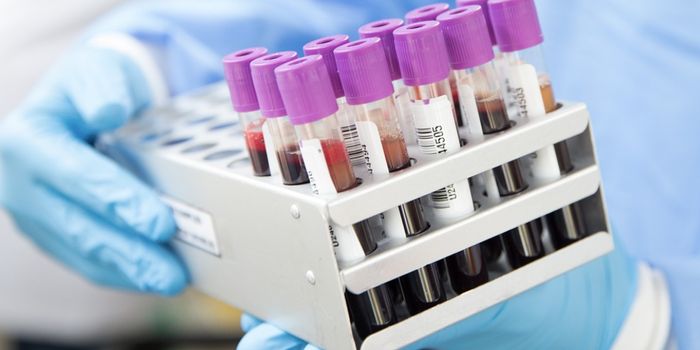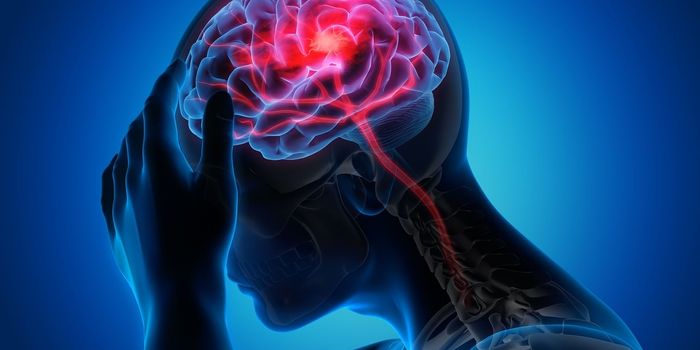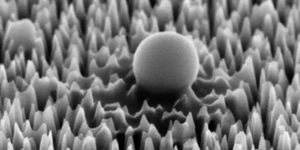New Findings on Preventing Heart Attack and Stroke
New research published in Nature Cardiovascular Research has identified new approaches to identifying and treating blockages in arterial blood vessels, which are a major cause of heart attacks and strokes worldwide.
The blockage of blood vessels caused by atherosclerosis has been previously linked to cells called macrophages, a type of white blood cell. Macrophages play a role in the formation of plaques in the blood vessels, which can ultimately block the vessels and cause heart attacks and strokes. In this study, a protein called TREM2 was identified as playing an important role in the formation of unstable plaques in blood vessels. TREM2 controls the activities of macrophages, and the presence of more TREM2 appears to be linked to the development of atherosclerosis.
In the study, mice who were prone to atherosclerosis who were treated with an antibody against TREM2 seemed to have reduced formation of unstable plaques. Unstable plaques in the arteries are particularly dangerous because they are more prone to rupture, which increases the risk of heart attacks and strokes. The study also showed that a soluble form of TREM2 was linked to the progression of atherosclerosis. These results point to TREM2 as a promising therapeutic target for the prevention of atherosclerosis. Additionally, the results suggest that TREM2 is a potential biomarker for early detection of the development of atherosclerosis.
The authors noted that their results provide new insights into the mechanisms by which atherosclerosis develops. Additionally, these results suggest new directions for developing treatments for atherosclerosis. The main complications of atherosclerosis, heart attacks and strokes, are the leading cause of death worldwide. Therefore, these results have potential to save lives across the globe through the development of new treatments and the potential for earlier detection of atherosclerosis.
Sources: Nature Cardiovascular Research, Science Daily








